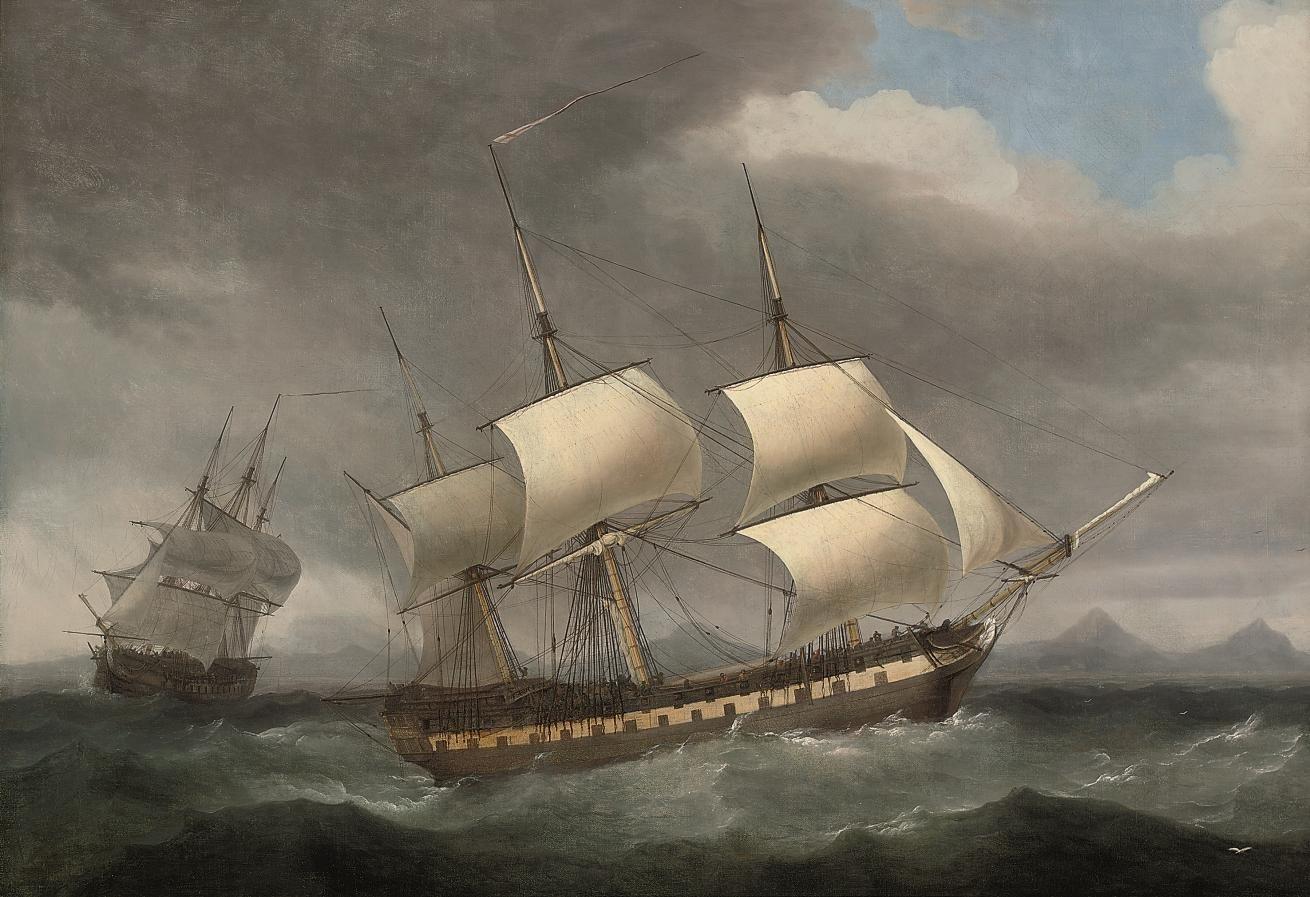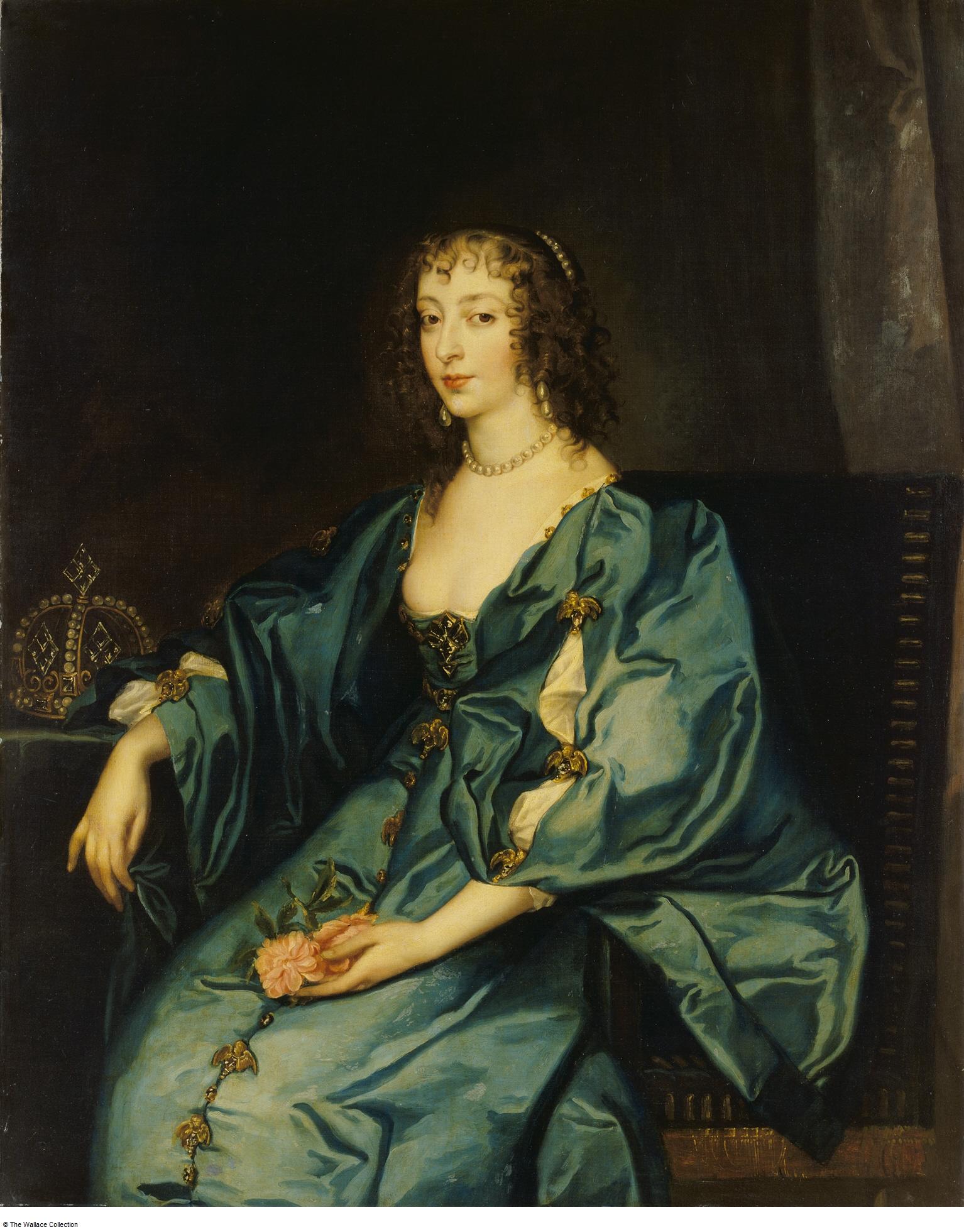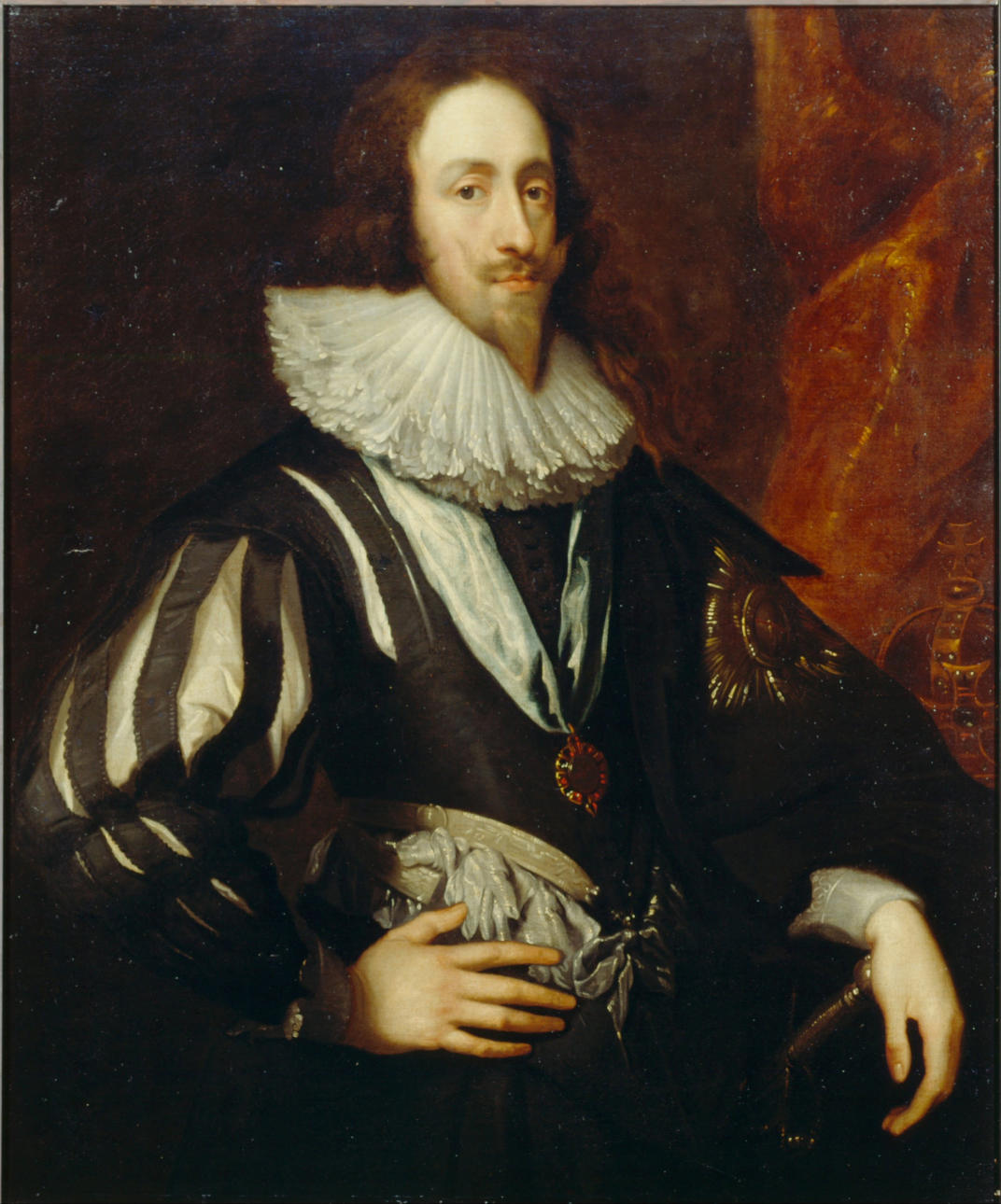Chapters
Following the reign of Queen Elizabeth I, two early Stuart Monarchs, James I and Charles I, would find themselves ruling over England between 1603 - 1629.
Overall, their time in power would be fraught with increasingly difficult challenges, including the rise of various new forms of wealth and power, religious tensions, financial struggles, and increasing conflicts with Parliament.
As a result, England would be thrown into a state of political and social turmoil that would slowly inch the country ever closer to the brink of devastating civil war.
Want to find out more about the tumultuous reigns of James I and Charles I - Keep reading below!

Political & Social Basis of Power in the Early 17th Century
During the 1600s, the most powerful figures in England were those who owned large swathes of land, especially the nobility and gentry.
Alongside this, they could freely call on the people who worked or rented their land to gather into armed forces which gave them significant military power.
However, this longstanding power structure would begin to change in the early 17th century with the rise of important new forms of wealth - particularly from trade, commerce, and early colonialism.
The founding of the East India Company in 1600 and increasing popularity of overseas trade had begun to give rise to a new class of wealthy merchants who were mostly based in London and other major ports.
Choosing to ally themselves with the lesser gentry and growing professional classes in parliament, these merchants were brazen and all too happy to directly challenge the crown in a bid to gain more political influence.

What Was James I and Charles I Relationship With Parliament Like?
James I, who reigned England from 1603 to 1625, was a complex man. Well educated and with a keen interest in theology and political theory, James was a firm believer in the divine right of kings. In layman's terms, this essentially meant he believed that monarchs were appointed by god and that they should only answer to god and not to institutions like parliament.
The doctrine of the divine right of kings is a political and religious concept that asserts that a monarch is subject to no earthly authority, deriving the right to rule directly from the will of God. The king's authority is therefore absolute and cannot be challenged by any earthly power, including the church or the governed populace. This belief holds that the king is not bound by human law but is accountable only to God.
Despite this, James was not above working with parliament when it suited his needs. For example, in 1624, seeking to gain parliamentary support for a war against Spain, James agreed to the Statute of Monopolies.
What did this achieve? The law limited the Crown's ability to grant exclusive trading rights to favoured individuals or companies, a practice that had long been a source of much corruption.
James I was also known for his reliance on court favourites as well, particularly George Villiers, the Duke of Buckingham. Buckingham's rapid rise to power and his influence over the king's policies caused resentment to fester among many in the nobility and Parliament, who saw him as a corrupt and dangerous influence on the monarchy.
However, James' son and successor, Charles I (who ruled from 1625 to 1649), would not exactly share his fathers willingness to compromise with parliament. In fact, Charles was an even bigger believer of the Divine right of kings, and as a result, viewed parliament with much distaste.
How Did Religion Impact the Relationship Between the Monarchy and Parliament?
Religion was a major point of contention between the monarchy and Parliament in the early 17th century. Although the protestant reformation had long since ended, the Church of England still retained some elements of Catholic teachings, much to the chagrin of Puritans across the country.
James I, despite his generally tolerant attitude towards Puritans, firmly resisted their calls for more radical reforms to the Church of England.
However, tensions would take a turn for the worse once Charles came into power in. Ever an outlier, Charles I had chosen to follow a highly ceremonial form of Anglicism called Arminianism, which emphasized free will and the importance of sacraments.
Arminianism is a theological movement within Christianity based on the teachings of the Dutch theologian Jacobus Arminius (1560–1609). It emerged as a reaction to Calvinist doctrines, particularly the concept of predestination. Arminianism emphasises free will and asserts that God's grace is offered to all people, but it is up to each individual to accept or reject this grace.

Obviously, this did not sit well with the Puritans who viewed Arminianism as a dangerous step back towards Catholicism.
To make matters worse, in 1625, Charles I would go on to marry Henrietta Maria, an influential catholic princess from France.
Seeing this, the Puritans would begin to worry that the king had developed Catholic sympathies and might attempt to roll back the Protestant Reformation in the near future.
What Financial Challenges Did Both King's Face?
Throughout their reins, both James I and Charles I faced their own unique financial challenges. Maintaining the royal household, funding military campaigns, and running the country proved to be quite expensive - leading to the kings often struggling to find enough funds.
Due to this, they attempted to devise ways to increase their income yet which were rarely successful. In 1610, James I's chief minister, Robert Cecil, would devise a clever plan to improve the crown's financial woes.
Appealing to both king and parliament, he sought to implement the great contract, which would see the king receiving a set annual income of around £200,000.

However, the king would also be forced to give up some of his feudal rights, which would benefit parliament too. Despite lengthy negotiations, this plan never came to fruition due to both sides being unable to agree on the exact terms of the contract.
In 1626, Charles I would implement his own methods of raising funds with his controversial "Forced Loan" strategy which required wealthy subjects to lend money to the Crown without the consent of Parliament.
Conflict Between the Early Stuart Monarchs and Parliament
Alongside religion, there were several other key areas where the crown and parliament did not see eye to eye. One was the issue of parliamentary privileges, such as freedom of speech and freedom from arrest, which many MP's jealously guarded.
Another major point of contention was finance. The early Stuart kings were constantly in need of funds to support their exceedingly lavish lifestyles, but Parliament was often reluctant to grant them the money unless they agreed to limit their own powers.
Likewise, foreign policy was also a source of disagreement as well. Wanting to take a stand against Catholic powers throughout Europe, Parliament would often push for a more aggressive foreign policy stance against countries like Spain and France, seeing them as threats to England's security and Protestant identity.
However, the kings weren't so eager to engage in these conflicts, instead preferring to maintain peace and stability through diplomacy and marriage alliances whenever it was possible.
Relations Between the Crown and Parliament In 1629
Unfortunately, by 1629, relations between Charles I and parliament had finally reached a breaking point. In March, the king snapped after a heated dispute over taxation and religious policy, thus dissolving parliament and vowing to continue his rule without their interference.
This event would mark the beginning of what would go down in history as the "Eleven Years Tyranny." During this era, Charles made good on his word, governing the country on his own.
However, he was not above relying on controversial measures like ship money (a tax traditionally levied on coastal counties for naval defence, which he had extended to inland counties) and the sale of monopolies to raise revenue without Parliament's approval. To many, both rich and poor, this move was seen as an illegal violation of the rights of English subjects.
Slowly but surely, the eroding trust between the crown and the church was beginning to set in motion a larger conflict that would soon engulf the nation.
Conclusion
In conclusion, both Stuart kings often found themselves at odds with parliament, clashing over issues varying from disagreements on religion to finance and royal power. While James I sometimes compromised with parliament, he also struggled under the weight of challenges from both wealthy merchants and Puritans.
On the other hand, Charles I was less willing to listen to parliament, following Arminianism regardless, and even taking a catholic as his wife. From here, Charles would decide to get rid of parliament in 1629, pushing England to the brink of crisis.








